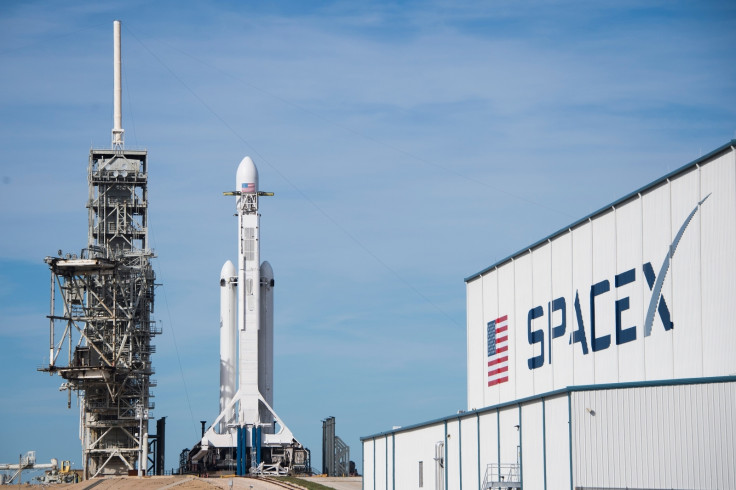SpaceX may launch 30,000 Starlink Satellites, if US Government approves
The company has proposed a 'constellation' of 42,000 satellites.
SpaceX, like its owner, has huge ambitions. The company has sought the approval and spectrum from the International Telecommunication Union for launching 30,000 more Starlink satellites.
The company had launched Starlink as a collection of 12,000 satellites but now has increased the total number of satellites to 42,000 out of which the earlier 12,000 have already got approval both from the International Telecommunications Union (ITU) and the US Federal Communications Commission (FCC).
ITU is a United Nations entity that controls the spectrum for satellite operators. National operators have to file with ITU before providing spectrum in their countries.
The FCC has furthered this request to the ITU in 20 batches seeking approval for 1,500 satellites each.
The company wants to place them in orbit between 240 miles and 360 miles above the earth's surface. This may be a cause for concern since it is the cleanest part of space above earth. Also, spacecraft passing through the zone may collide with the satellites.
There are also some critics like space firm TMF associates, which state that it is a ploy to drown ITU in paperwork before it indicts new rules governing the frequencies SpaceX wants to operate in. SpaceX will have seven years to launch a satellite and will have to operate these satellites for 90 days minimum or risk losing access to spectrum rights, according to these rules.
The company has already launched 60 Starlink satellites this year with a plan to launch 60 more in late October or November and more next year -- around 24.
SpaceX denies this and states that it is an honest endeavour on its part to improve connectivity.
"SpaceX is taking steps to responsibly scale Starlink's total network capacity and data density to meet the growth in users' anticipated needs," it stated to SpaceNews.
The documents that have been filed include basic information about the planned Starlink satellites, such as their use of steerable spot beams for customer links. However, the documents do not give any details about the launch schedule for the satellites.
Currently, only 8.500 satellites are present in space. If SpaceX succeeds in its endeavour, it will increase this number five-fold.

© Copyright IBTimes 2025. All rights reserved.





















